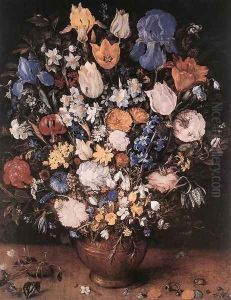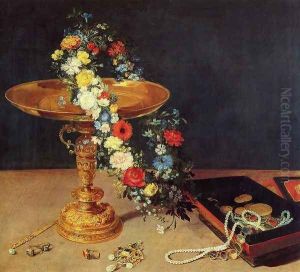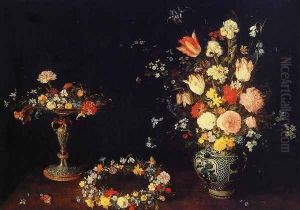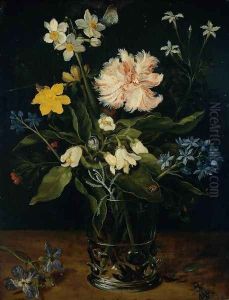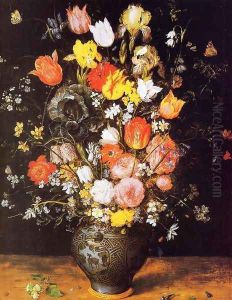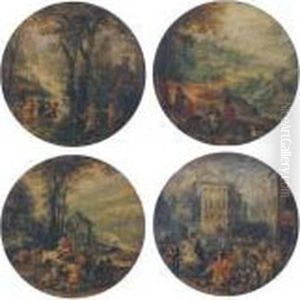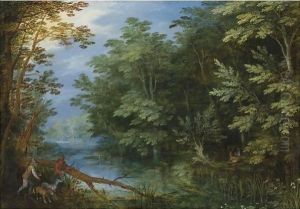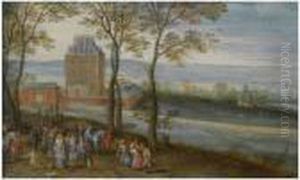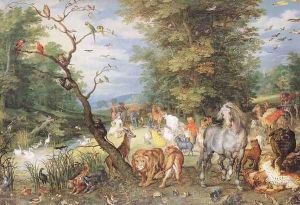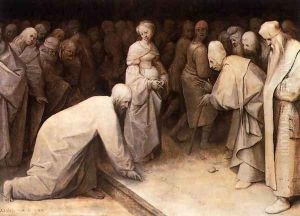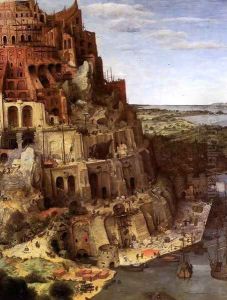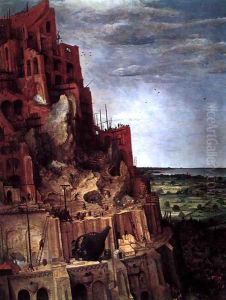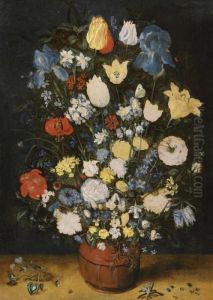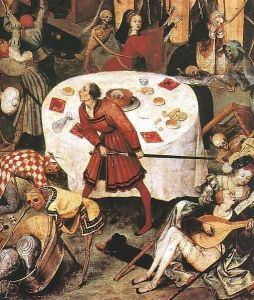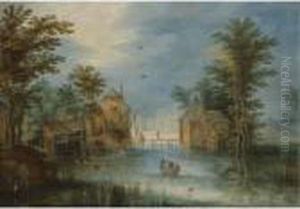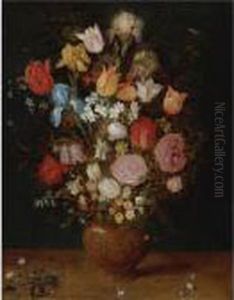





Still Life With Tulips, Irises, Narcissi And Fritillaria In A Clay Vase
-
About Reproduction
Discover the allure of art with our faithful reproduction of "Still Life With Tulips, Irises, Narcissi And Fritillaria In A Clay Vase", originally brought to life by the talented Jan The Elder Brueghel. Unlike posters or prints, our hand-painted oil painting breathes an unique sense of depth and texture into your space. Every detail, every stroke, and every texture is meticulously recreated, paying the perfect homage to Jan The Elder Brueghel and his artistic vision.
Owning this piece is more than just decoration - it's a statement of your refined taste in art. Let the vibrant colors and intricate details of this replica serve as a daily reminder of the beauty in our world. Elevate your decor and appreciate the richness of art with our replica of this masterpiece.
-
Painting Description
"Still Life with Tulips, Irises, Narcissi, and Fritillaria in a Clay Vase" is a renowned oil painting by Jan Brueghel the Elder, a pivotal figure in the Flemish Baroque painting tradition of the early 17th century. This artwork exemplifies Brueghel's mastery in rendering still life compositions with meticulous detail and vibrant color, showcasing an array of flowers in a clay vase. The painting is celebrated for its intricate depiction of various textures and surfaces, from the delicate petals of the flowers to the rusticity of the clay vase, demonstrating Brueghel's exceptional skill in capturing the natural beauty and diversity of flora.
Jan Brueghel the Elder, born in 1568 in Brussels, was a member of the famous Brueghel family, a dynasty of painters known for their contributions to the Northern Renaissance and Flemish Baroque art. He earned the nickname 'Flower Brueghel' for his exquisite flower still lifes, a genre in which he excelled and innovated by combining a keen observation of nature with a rich palette and detailed composition.
"Still Life with Tulips, Irises, Narcissi, and Fritillaria in a Clay Vase" is not only a testament to Brueghel's fascination with the natural world but also reflects the broader cultural and scientific interests of the time, including the exploration and collection of exotic plants. The painting invites viewers to contemplate the transient beauty of life, a theme often explored in still life paintings of the era, through its depiction of blooming flowers that inevitably wilt and fade.
This work is part of Jan Brueghel the Elder's significant contribution to the development of the still life genre, influencing subsequent generations of artists. It remains an important piece for scholars studying the evolution of still life painting in Europe, as well as for those interested in the intersection of art, nature, and science during the Baroque period.
-
Lead Time & Shipping
When you order this oil painting replica, it typically takes 2-3 weeks to paint. If the artwork is more complex, it might need a little more time to ensure the best quality. Once it's ready, we'll send you a photo for your approval. After you give the green light, we'll ship it to you for free.
-
Return & Refund
We believe in the quality of our hand-painted oil painting reproductions, and your satisfaction is our priority. If for any reason, you are not completely satisfied with your purchase, we offer a 45-day return policy. You can return your artwork within 45 days of receipt and receive a full refund. Please note that the artwork must be returned in the original packaging and in the same condition as it was received.





